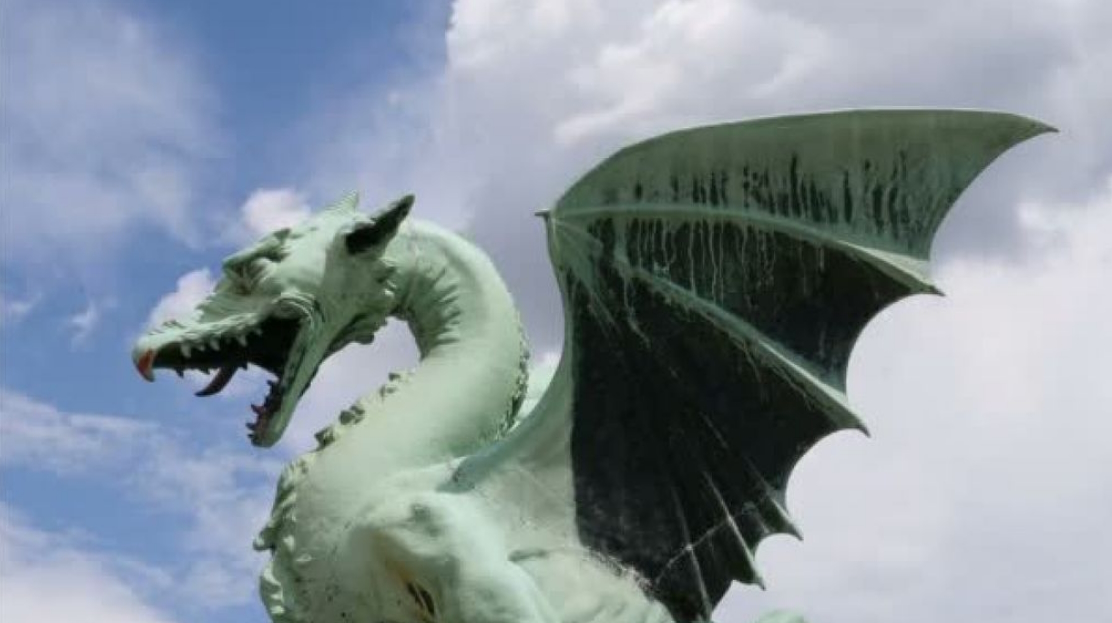Categories of Dragon Sculptures
- Written by NewsServices.com

Dragon sculptures have been a symbol of power, strength, and protection for countless cultures throughout history, ranging from China to Europe. These intricate works of art are often used to infuse a touch of the mystical into homes or gardens and can be found in various materials, from stone and marble to metal and wood. Whether antique or contemporary, dragon sculptures offer an enigmatic and regal presence in any setting.
Types of Dragon Sculptures
The diverse range of dragon sculpture at ARTpark is inspired by cultural and traditional origins. There are three main categories of dragon sculptures: traditional Chinese dragon sculptures, Japanese dragon sculptures, and Western dragon sculptures.
Traditional Chinese Dragon Sculptures
Chinese dragons have a rich cultural and mythological background in Chinese culture. Believed to bring good fortune and ward off evil spirits, they are depicted as powerful and protective creatures in Chinese art. Traditional Chinese dragon sculptures usually feature elaborate designs, with colorful scales and majestic wings symbolizing their divine status. These sculptures can range from small pendants to large statues used for display or decoration.
Japanese Dragon Sculptures
Japanese dragon sculptures are influenced by the legendary reptilian creatures known as Ryūjin or Ryukyu Dragons in Japanese mythology. These beasts were said to have the power to control water, making them revered across many societies in Japan. Japanese dragon sculptures tend to have a more stylized appearance, with curved lines that give a sinuous form instead of the jagged edges of traditional dragon sculptures.
Western Dragon Sculptures
Western dragon sculptures are inspired by the legendary dragons in European folklore and mythology. These dragons are usually depicted as fire-breathing creatures and are often associated with destruction and chaos. Western dragon sculptures have a distinct style, with a more fierce appearance and bold features that reflect their reputation.
Materials Used in Making Dragon Sculptures
Dragon sculptures can be made from a variety of materials, each offering its own unique characteristics and benefits. Some of the more popular materials used in creating dragon sculptures include wood, metal, and clay/ceramics.
Wood
Wood is a common material used in creating dragon sculptures due to its natural beauty. The versatility of wood makes it suitable for creating both realistic and abstract dragon sculptures. Wood also has a range of textures, from smooth hardwoods like oak or walnut to softer woods like pine or cedar that can be easily carved into scales and wings.
Metal
Metal is another popular material used in creating dragon sculptures due to its strength, durability, and ability to take on intricate shapes and details. Bronze, copper, steel, aluminum, and iron are some of the metals commonly used in crafting larger dragon sculptures, while tin or brass may be used for smaller pieces such as pendants or charms.
Clay/Ceramics
Clay and ceramics are also great materials for creating dragon sculptures, offering the ability to create intricate details such as facial features with relative ease compared to other materials like wood or metal. The malleability of clay and ceramics allows for a wide range of styles and designs.

















